What Is Marine Mooring Bollard
A marine mooring bollard is a strong, vertically mounted post or structure used in maritime settings to hold mooring lines or ropes used to secure vessels to docks, piers, or other marine structures.
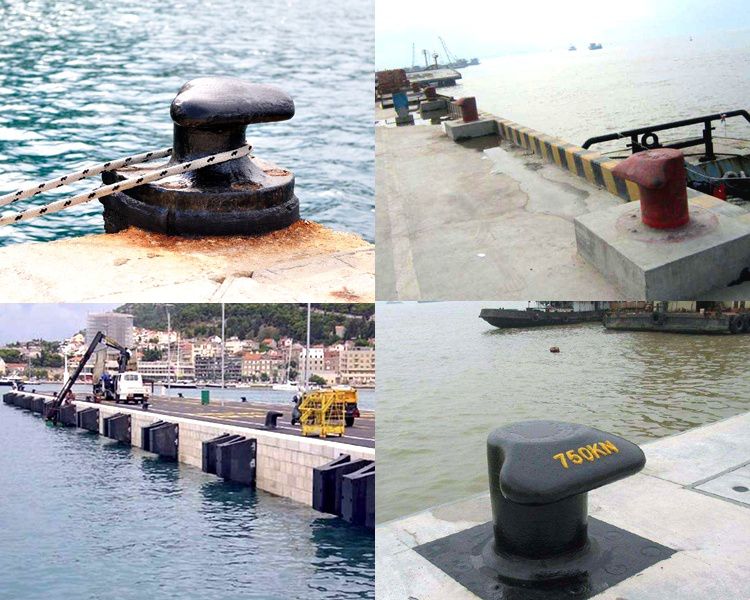
Types of Marine Mooring Bollard
These are some of the most prevalent marine mooring bollards found in maritime environments. The suitable type of bollard is determined by variables such as vessel size, load capacity, mooring arrangement, and environmental conditions, and should be based on careful consideration of the mooring operation and the marine structure.
Single Bollard
A single vertically mounted post or structure constitutes the most basic form of marine mooring bollard. It is usually equipped with one or more horns or studs for fastening mooring lines.
Double Bollard
A double bitt bollard is made up of two vertically fixed posts or structures, one in front of the other. It offers more power and stability than a single bollard and is frequently used for heavier vessels or in regions with higher loads or forces.
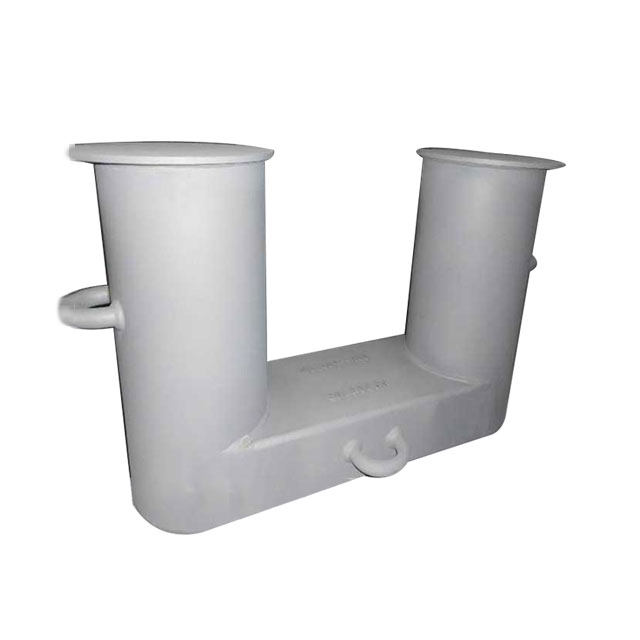
T-Head Bollard
A T-head bollard is formed by a horizontal bar or beam connecting two vertical supports. It has multiple mooring line attachment points, providing for increased flexibility in mooring arrangements.
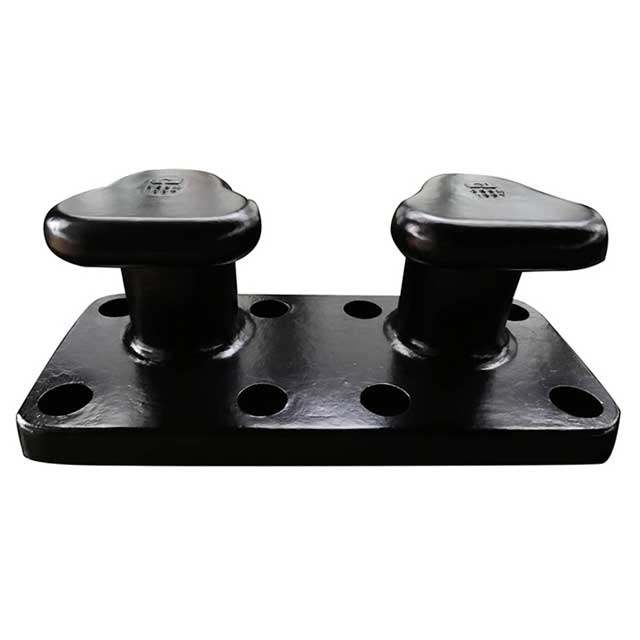
Kidney Bollard
A kidney dock bollard is an oval or kidney-shaped bollard with a curved top and a smooth base. It has a bigger surface area for mooring lines, distributing forces more evenly and lowering the risk of mooring line or rope damage.
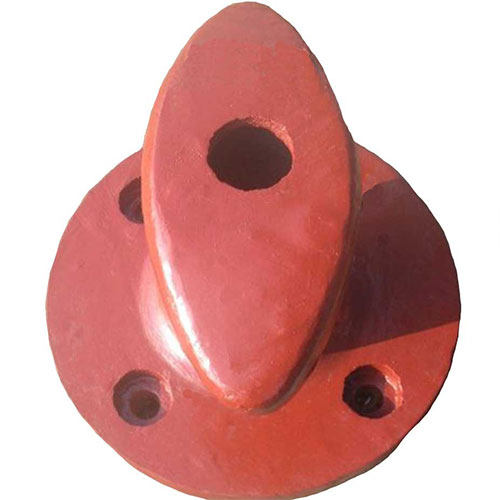
Pillar Bollard
A pillar bollard is a larger, more substantial form of marine mooring bollard used for heavy-duty mooring activities or in areas subject to high loads or forces. When compared to other kinds of bollards, it is usually larger and more robust in design, with a higher load capacity.
Camberhead Bollard
A camberhead bollard is designed with a curved or sloped top surface, which helps to reduce the angle of the mooring line, providing better alignment and reducing the risk of chafing or damage to the mooring line.
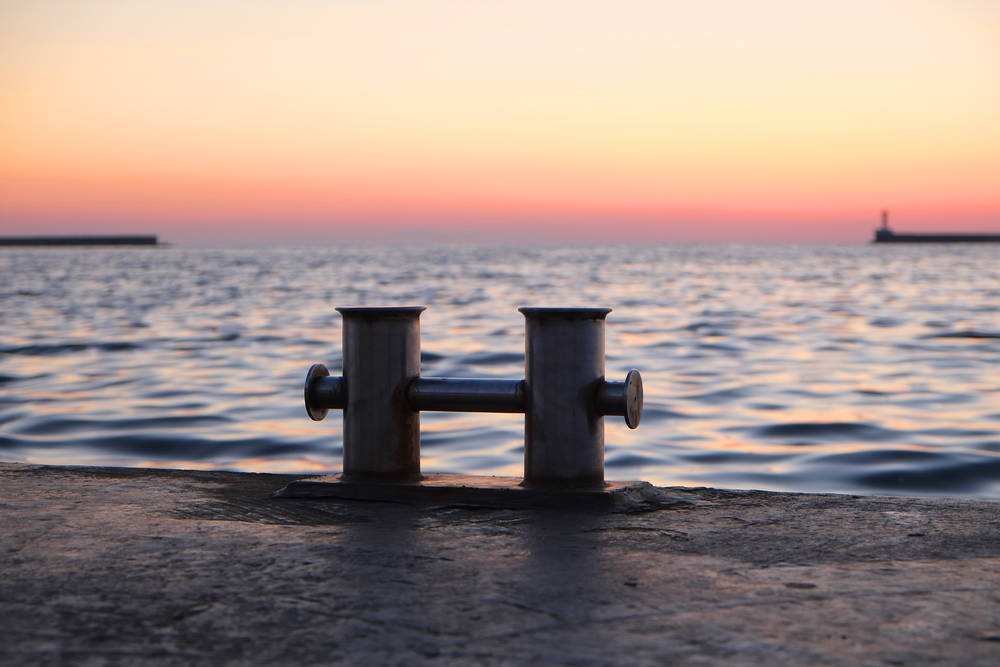
Components Of Marine Mooring Bollard
Body
The body of the bollard is the primary vertical post or structure that provides the strength and stability for the mooring lines to be secured. To resist the loads and stresses put on it, it is typically made of high-strength materials such as steel or ductile iron.
Base Plate
The bottom portion of the bollard that is bolted or welded to the pier or dock is known as the base plate. It supports the bollard and distributes the loads into the supporting framework.
Horns
Horns are protrusions or arms attached to the body of the bollard that serve as extra attachment points for mooring lines. They are usually found at the top of the bollard and can be designed in a variety of shapes, such as T-shaped or U-shaped, to fit various mooring lines and configurations.
Bolts or Welds
The bollard is attached to the base plate or supporting framework with bolts or welds. They are usually constructed of high-strength materials and are intended to withstand the loads and forces applied to the bollard during mooring operations.
Lifting Lugs
Lifting lugs are used to raise and lower the bollard into place. They are typically situated on the top or sides of the bollard and are intended to house lifting equipment such as cranes or hoists.
Finish
Surface treatments such as painting, galvanizing, or powder coating may be used to shield the bollard from corrosion and environmental degradation.
Bollard Cap
Some bollards may have a cap on top to provide extra protection from the elements and to improve the bollard’s aesthetics.
Load Rating Plate
A load rating plate can be affixed to a bollard to indicate its safe working load or maximum load capacity, which can help with safe mooring operations.
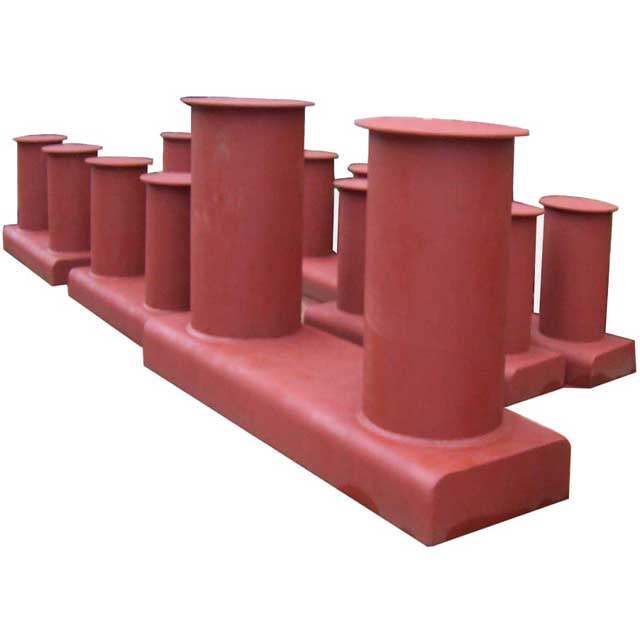
Installation of Marine Mooring Bollard
Site Preparation
The installation location should be prepared in accordance with the manufacturer’s instructions and local laws. This may include cleaning the surface of the foundation or base plate for the bollard, ensuring it is level and free of debris, and ensuring that it is structurally sound enough to support the bollard and the anticipated loads.
Positioning and Alignment
The mooring bollard must be properly positioned and aligned on the base plate or in the specified installation location. To ensure that the bollard is vertical and correctly oriented for the intended mooring direction, the alignment should be thoroughly checked with a level or other appropriate tools.
Securing the Bollard
Once correctly positioned, the marine bollard should be securely attached to the base plate or supporting structure with suitable bolts or welds. To guarantee correct connection and stability of the bollard, the fasteners should be tightened according to the manufacturer’s specifications.
Lifting and Handling
If required, the bollard can be lifted and installed using proper lifting equipment, such as cranes or hoists, and proper lifting processes. To avoid damage to the bollard or injury to personnel, lifting lugs or other marked lifting points on the bollard should be used.
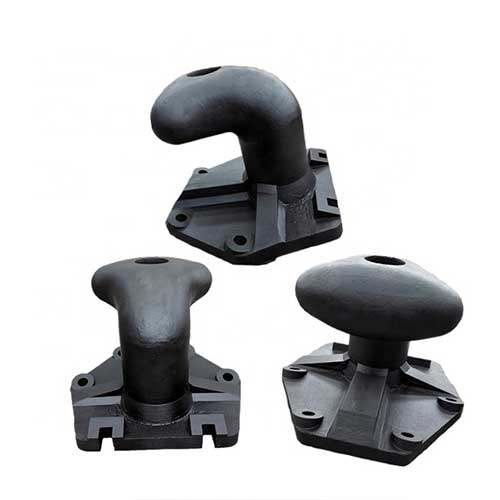
Testing and Inspection
The bollard should be thoroughly examined after installation to ensure that it is properly installed, aligned, and secured. Load testing may also be conducted to ensure the load-carrying capacity of the bollard and compliance with relevant standards and regulations.
Finishing and Protection
To protect the bollard from corrosion and environmental degradation, suitable surface treatments such as painting, galvanizing, or powder coating can be applied. Drainage or weep holes should be checked and, if required, cleared to guarantee proper water drainage.
Documentation
For reference and future inspections, proper documentation of the bollard placement should be kept, including records of inspections, load testing results, and any pertinent certifications.


